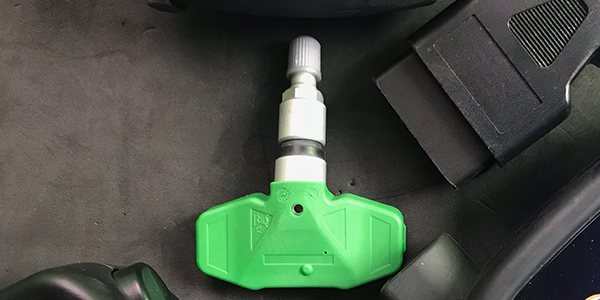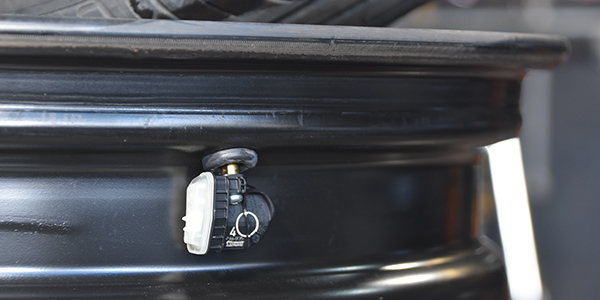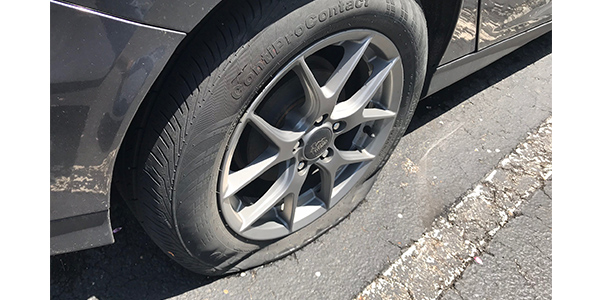September 2018 marked the 11-year anniversary of mandatory tire pressure monitoring systems (TPMS) for all light vehicles sold in the U.S. During these past 11 years, more than 164 million vehicles have been equipped with TPMS. If you multiply that number by four, it means that there are more than 656 million tire pressure sensors that will need replacement at some point. This number does not even include the vehicles that adopted TPMS systems before the regulation, as early as 2000. Even if you do not sell tires, TPMS is an opportunity that can’t be ignored.
The Market Will Provide Solutions
A decade ago, replacement sensors were costly. The average direct sensor cost around $90 to $100. Most of these replacement sensors were direct-fit and often available only at new-car dealers.
In the past 10 years, we have seen an explosion of replacement sensor options and programs. New technologies like universal, multi-protocol and programmable sensors have not only reduced the costs of sensors, they have also made it possible to cover a significant percentage of the population of TPMS-equipped vehicles with less inventory.
Dancing Around Sensors Does Not Work
In the early days of TPMS, it was common for a technician to leave the sensor in the rim when the tire was dismounted and mounted. The fear was that the sensor could be damaged if it were to be touched, or a service kit was not available.
Shops have since learned that avoiding sensor service can cause more problems than it solves. Many shops have seen customers come back after a tire replacement due to a slow leak caused by the sensor being disturbed during service. Also, shops have realized that not replacing the service kit can result in dry rot that can cause a slow leak.
The availability of TPMS service kits has increased dramatically. With a large population of vehicles having TPMS, stocking service kits is mandatory. Many specialty TPMS suppliers offer service assortments that cover a wide variety of sensors including popular replacement sensors. Some specialty suppliers even have replenishment programs to make sure you have the service kits you need before you start a job.

Sell Sensors as a Set
It is hard to pinpoint when a sensor will fail. Some estimates are between eight to 10 years, or 80,000 to 100,000 miles. But, some sensors might last only 60,000 miles, depending on how the vehicle is driven. But, all sensors have batteries that will be depleted and will require total sensor replacement.
If a single sensor has reached the end of its lifespan, replacing all sensors at the same time is highly recommended. The four sensors have traveled the same mileage in the same environment. Once one sensor dies, the rest are likely to be close behind. The same is true for corroded valve stems.
Replacing sensors in a set is also a good idea because you are saving the customer a second or third trip to your shop to turn off the TPMS light.
What’s in store for the future of TPMS? Needless to say, the population of more than 600 million sensors will continue to grow as new cars are sold. Plus, as vehicles last longer, some of them might need a third set of TPMS sensors.
Article courtesy ImportCar.















